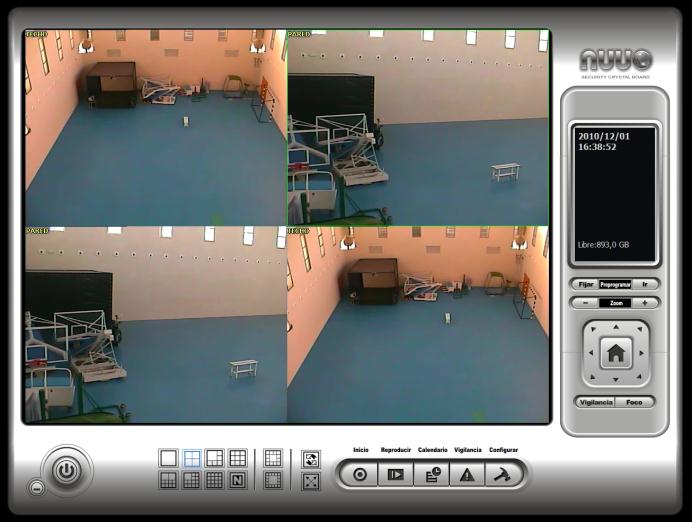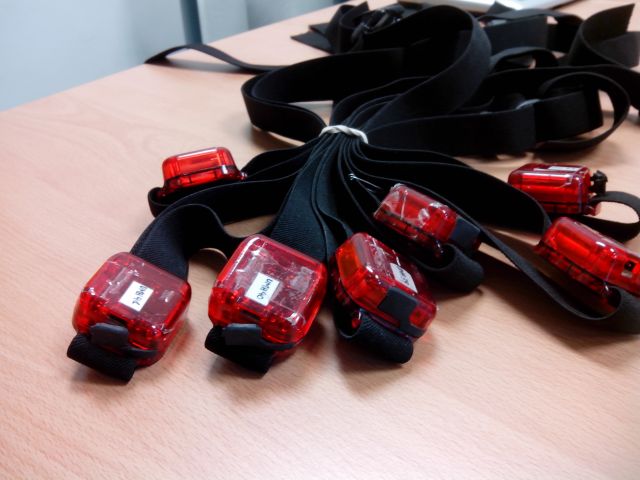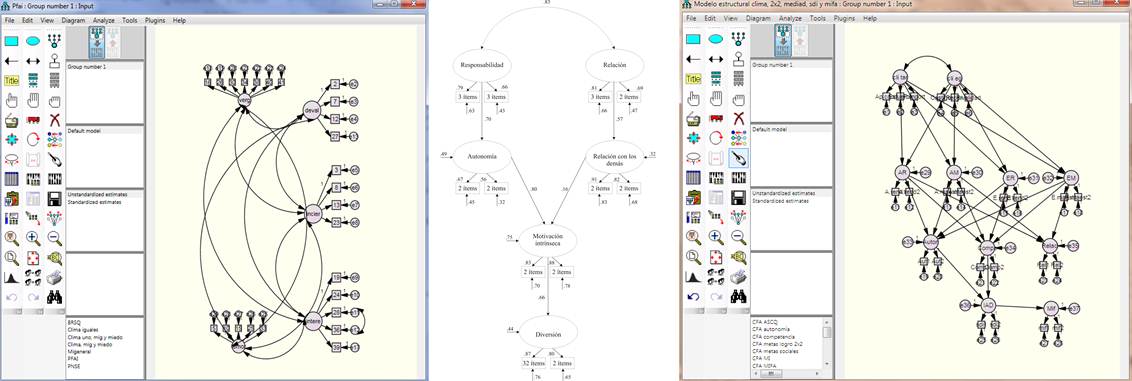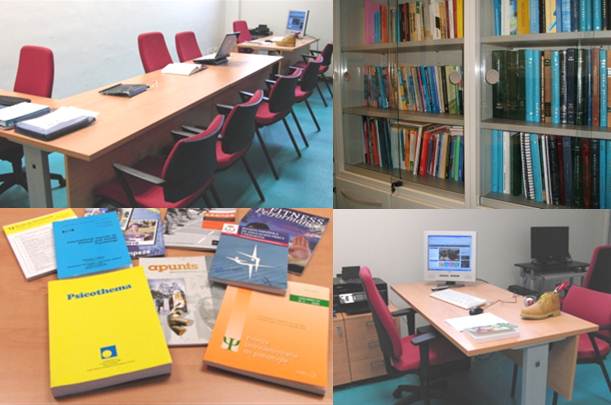Analysis of Physical
Activity Behavior Lab
Techniques and equipment used in the Analysis of Physical Activity Behavior Lab
1. Audiovisual area equipped with six computer stands:
Each stand is fitted with 32” flat screen monitors connected to a PC, including a main PC with stereo sound system and projector. The audiovisual area is also equipped with other technological devices: laptops, DVD players, portable sound system, microphones, accurate photographic cameras, aquatic cameras and a long-distance communication system.

2. PTZ 10X Camera Optical Zoom, WiFi, Stream dual, Display 3G::
The Camaras IP, VIVOTEK PZ7122 are characterised by an optical zoom 10x and its function of horizontal/vertical movement. The integrated module of the optical zoom 10x is motorized providing a wide scope and an exceptional depth of field. Therefore, it enables the display of sharp and well-defined images of immediate and distant objects. With 300 grades of horizontal movement and 135 of vertical movement, the PZ7121 offers double codec (MPEG-4 y MJPEG), double streams of bidirectional video and audio using the SIP protocol. Through the double streams, it is possible to simultaneously transmit two streams of video, simultaneously with different resolution, speed and quality-images, to different platforms as web browsers o mobile phones 3G. In addiction, PZ7122 integrates WLAN 802.11 b/g.

3. Software NVR (IP+):
The software NUUO NVR brings a lot of unique functions including NUUO intelligent video solution (IVS), detection of sport situations, and intelligent playback search. Other tools include programming GUI recording, E-map, video enhancement tools, and support for mobile. The NUUO backup system can also take snapshots of the recordings and store them in different locations. Integration with POS and I/O is also included.

4. Accelerometry GT3X Actigraph::
ActiGraph packages contain everything you need to collect objective physical activity and sleep/wake information. The laboratory is equipped with the ActiLife Software, GT3X accelerometers and some required accessories. GT3X accelerometers collect triaxial data for physical activity measurement.

5. Structural Equation Models::
Structural equation models are statistical models that estimate the effect and the relationships between multiple variables. The great advantage of this type of model, compared with the regression models is that different variables can be both dependent and independent. In this way, we can determine the effect that some variables cause on other variables which, in turn, can have an effect on other different variables. . This type of model allows us to propose the type and direction of relationships expected to be found between the different variables. They are also called confirmatory models, since the primary interest is to confirm, by the analysis of the sample, the relationships proposed from a theory used as reference. Although different statistical programs are used for the analysis of structural equation models, we work with the software AMOS (Analysis of Moment Structures; Arbuckle, 1997).

6. Qualitative analysis:
Observation, semi-structured interviews and focus groups are the the main techniques that we use for qualitative data collection. The information from observations is collected in research diaries. The information from the interviews and focus groups is recorded using digital recorders. After the transcription of all this information, the data are analyzed with the help of the software NVivo, following different strategies for data codification and categorization. Finally, we generate a system of categories and subcategories that organizes and gives meaning to the data, allowing the writing of results and theoretical discussions.

7. References:
Consultation area, equipped with books and scientific journals of the fields of physical education and sport psychology

8. Measures:
We use different questionnaires and observation instruments that evaluate the application of theoretical models of behavior in sport.

